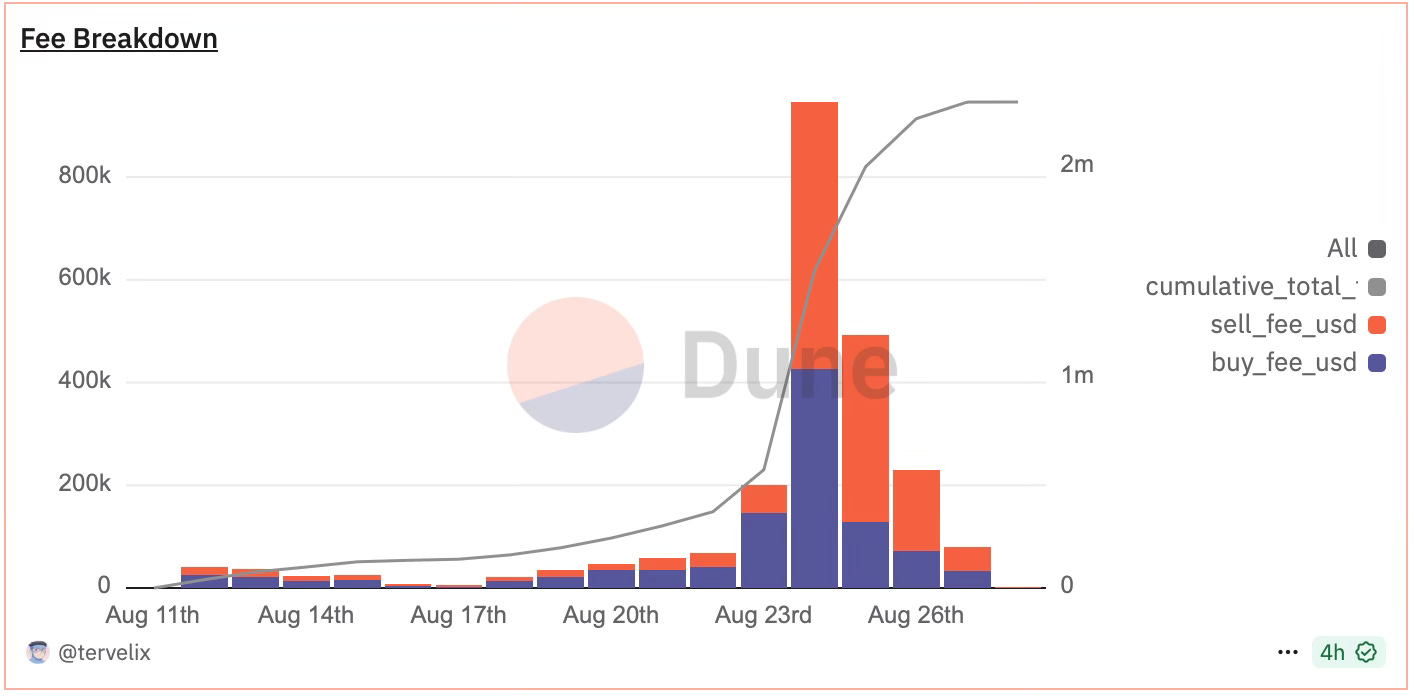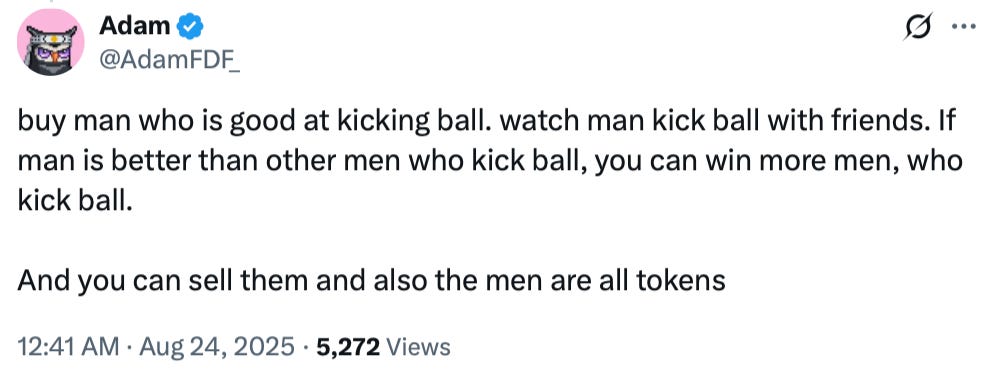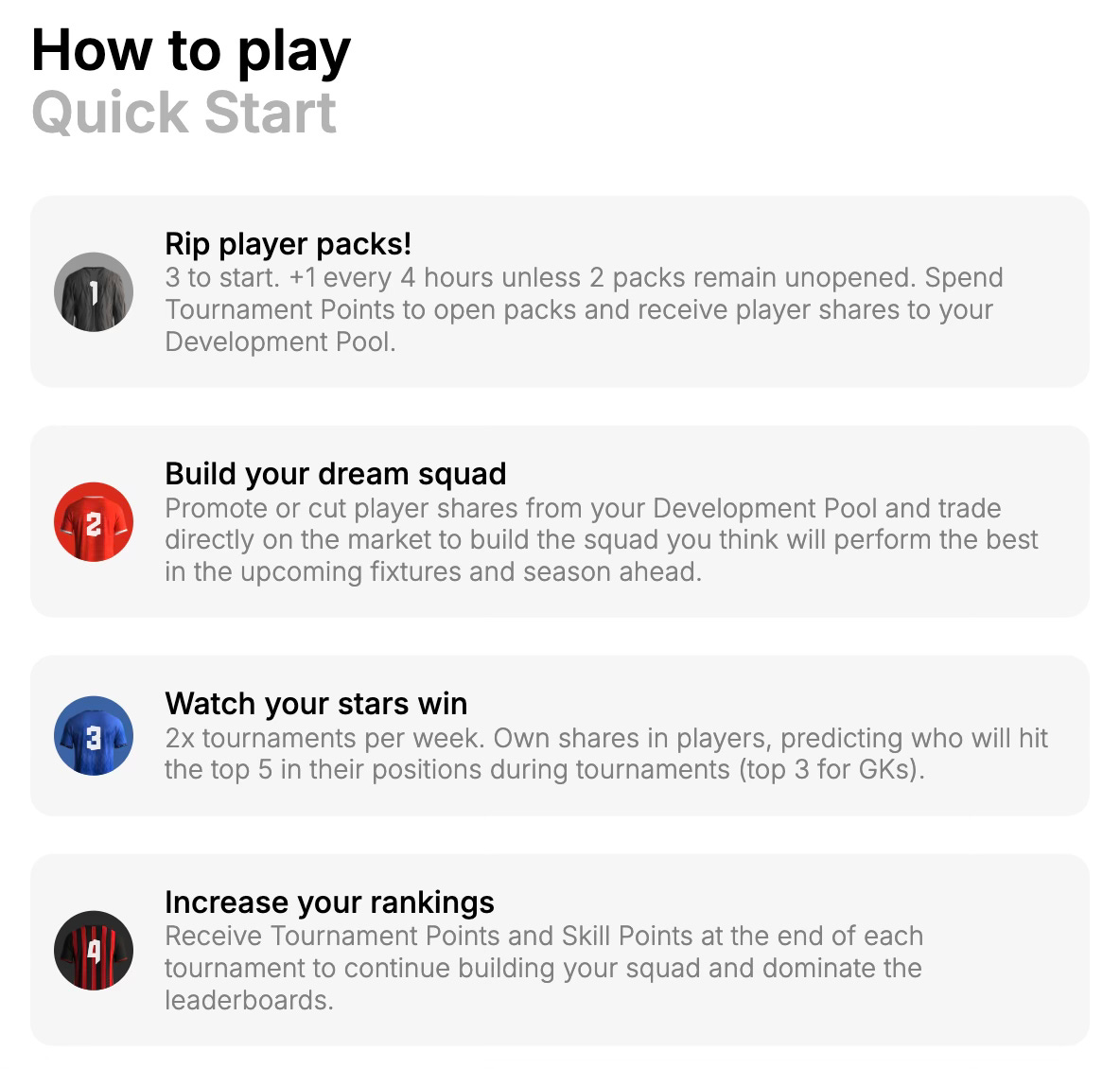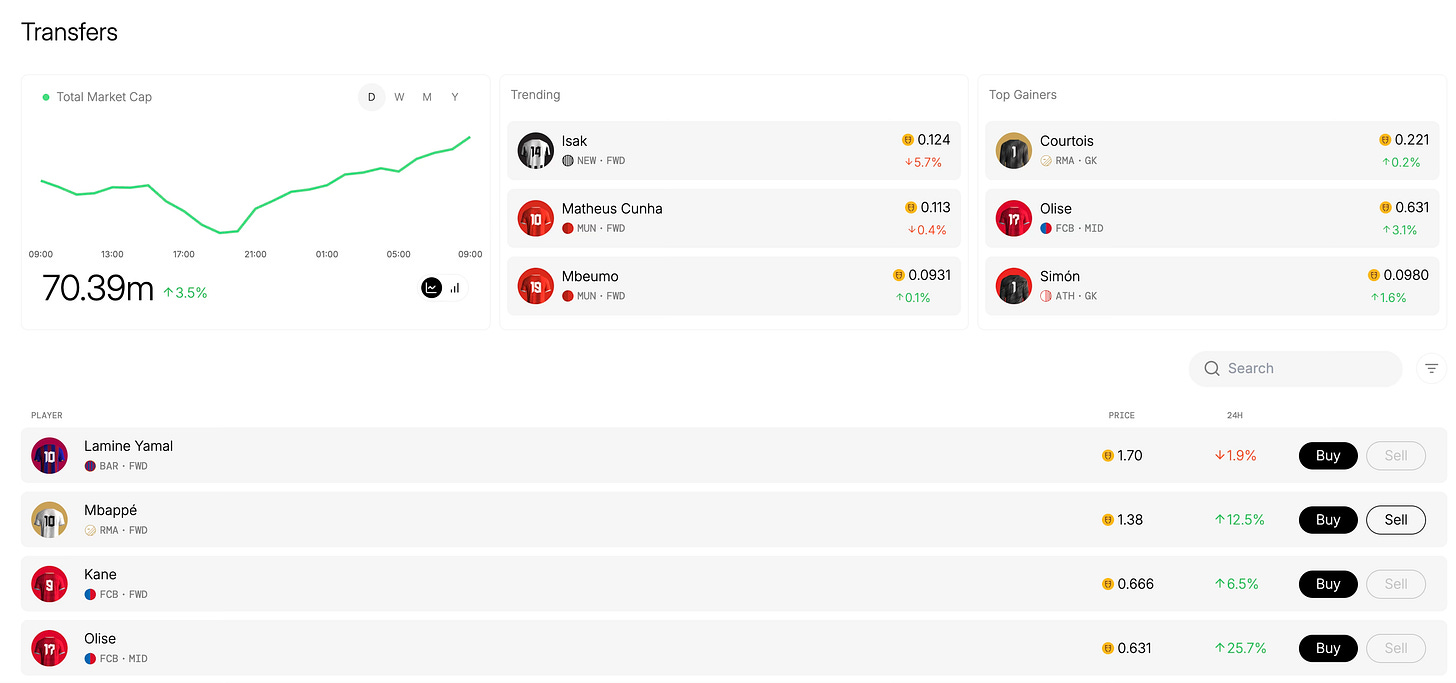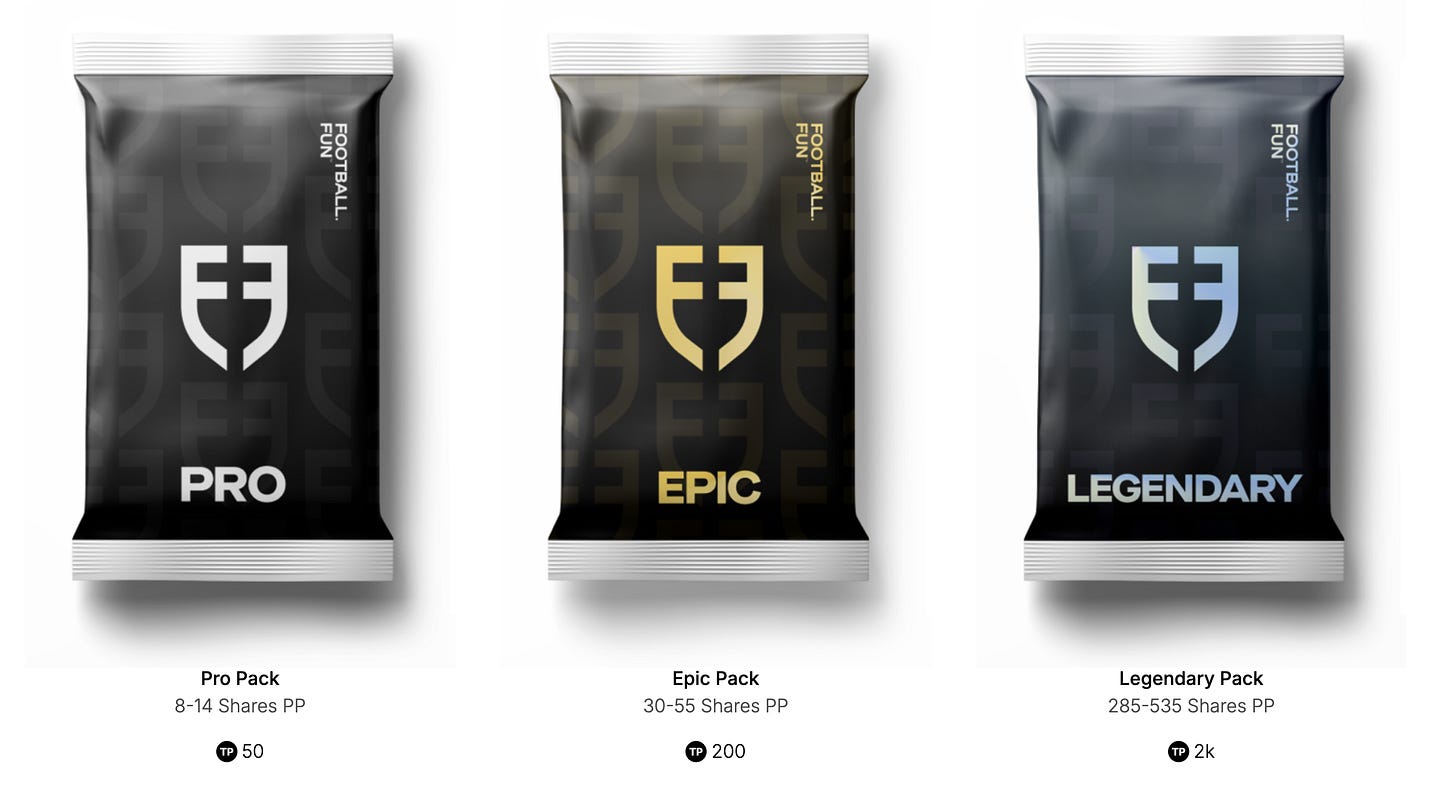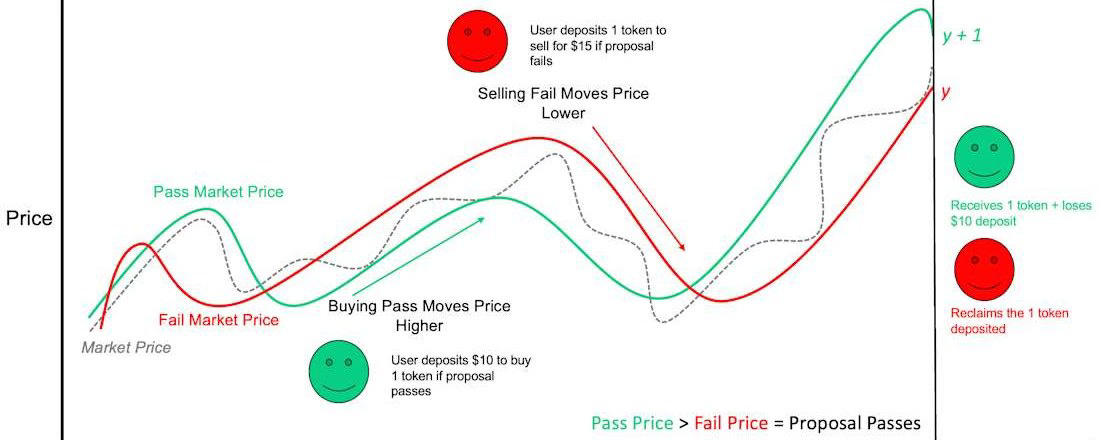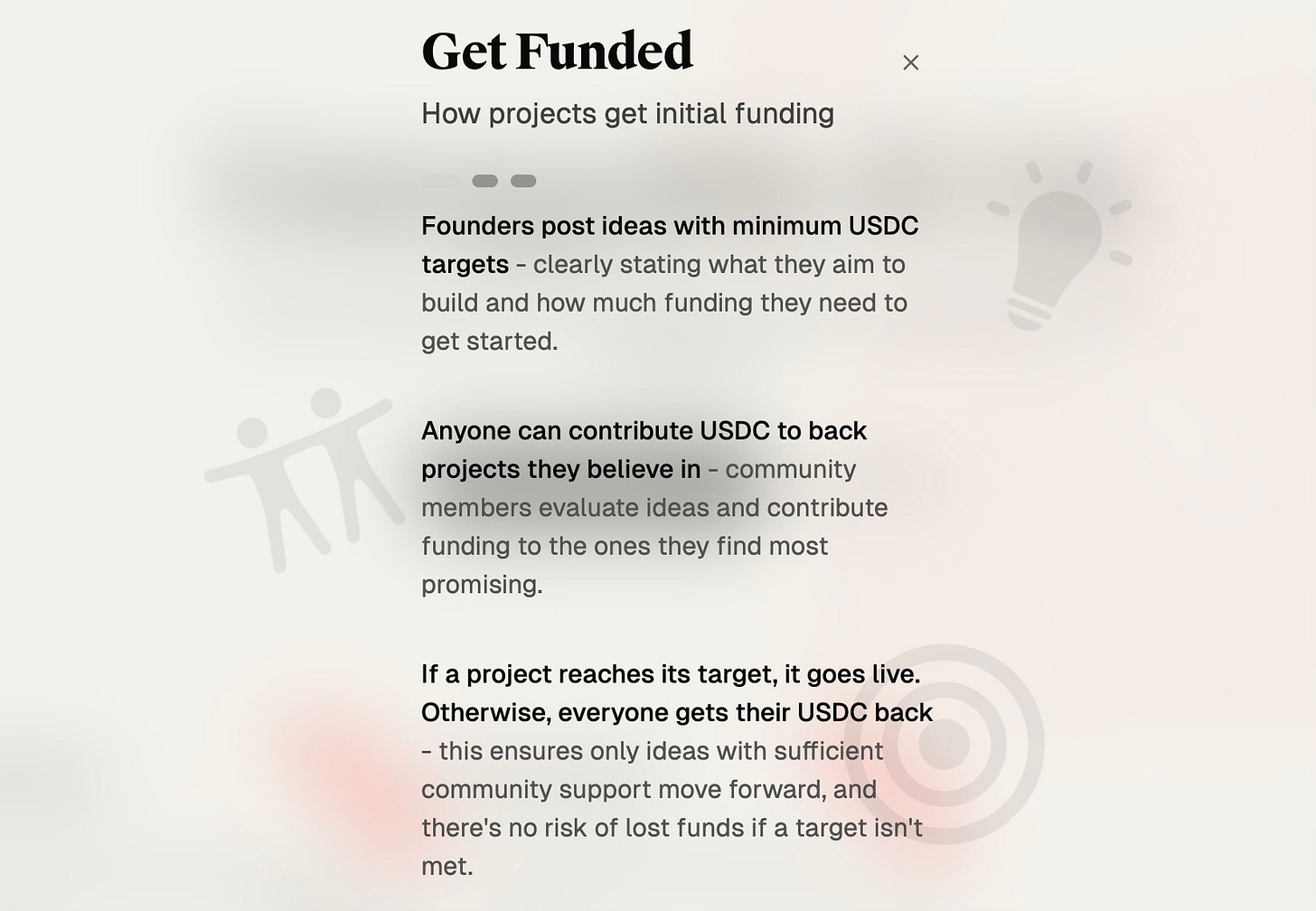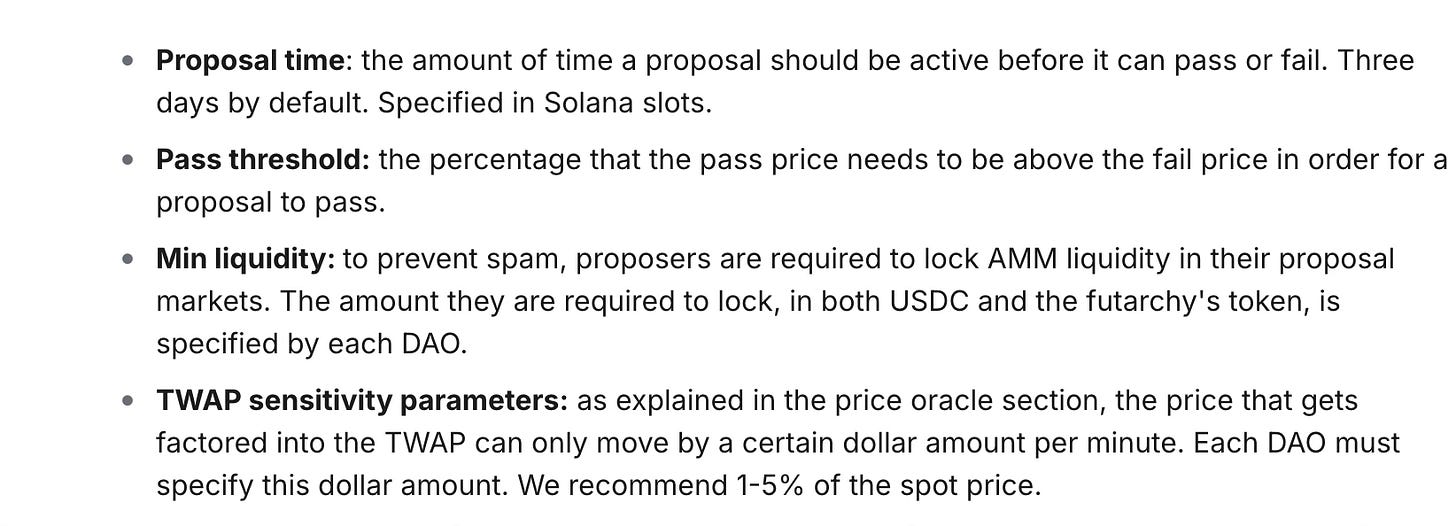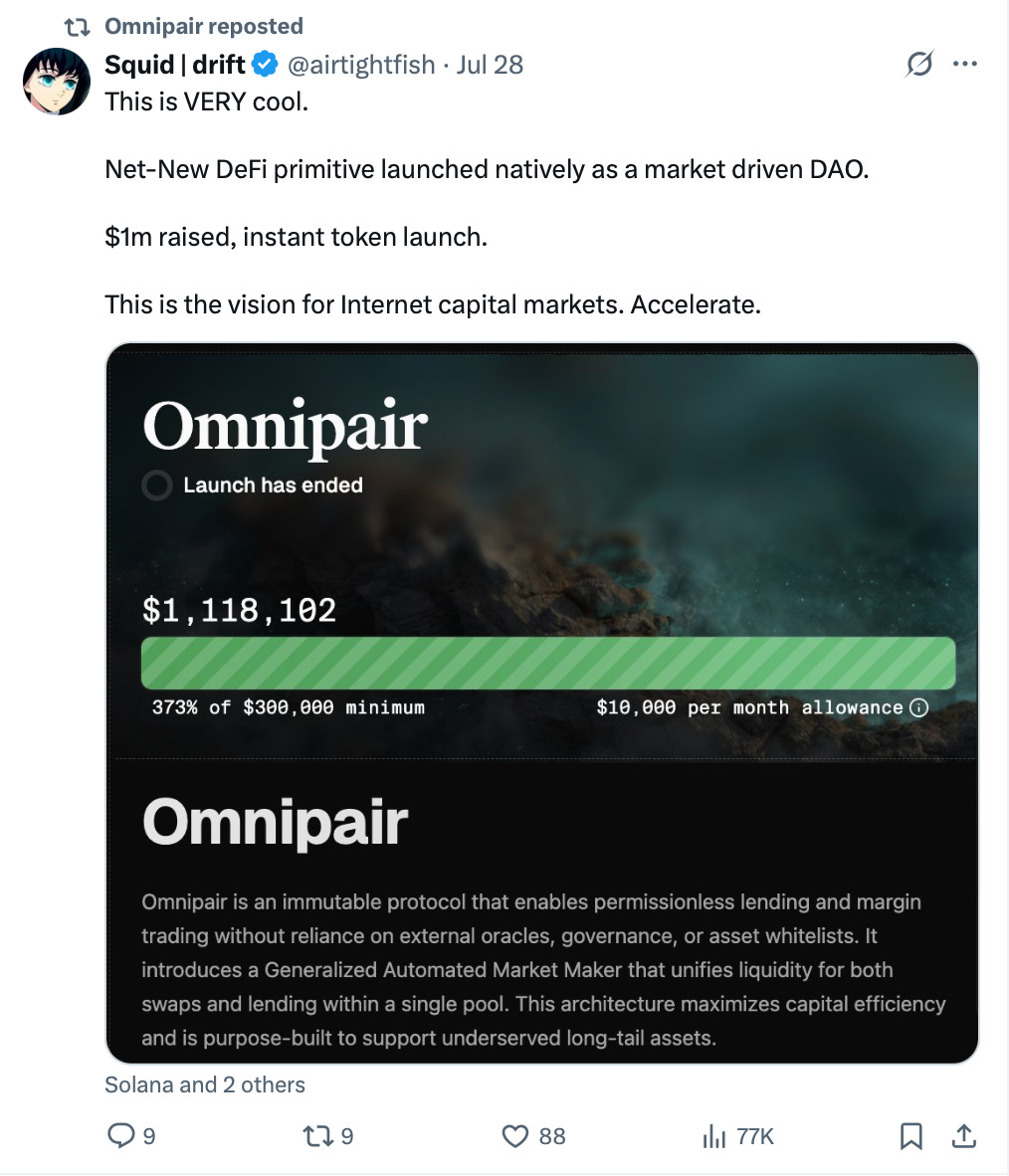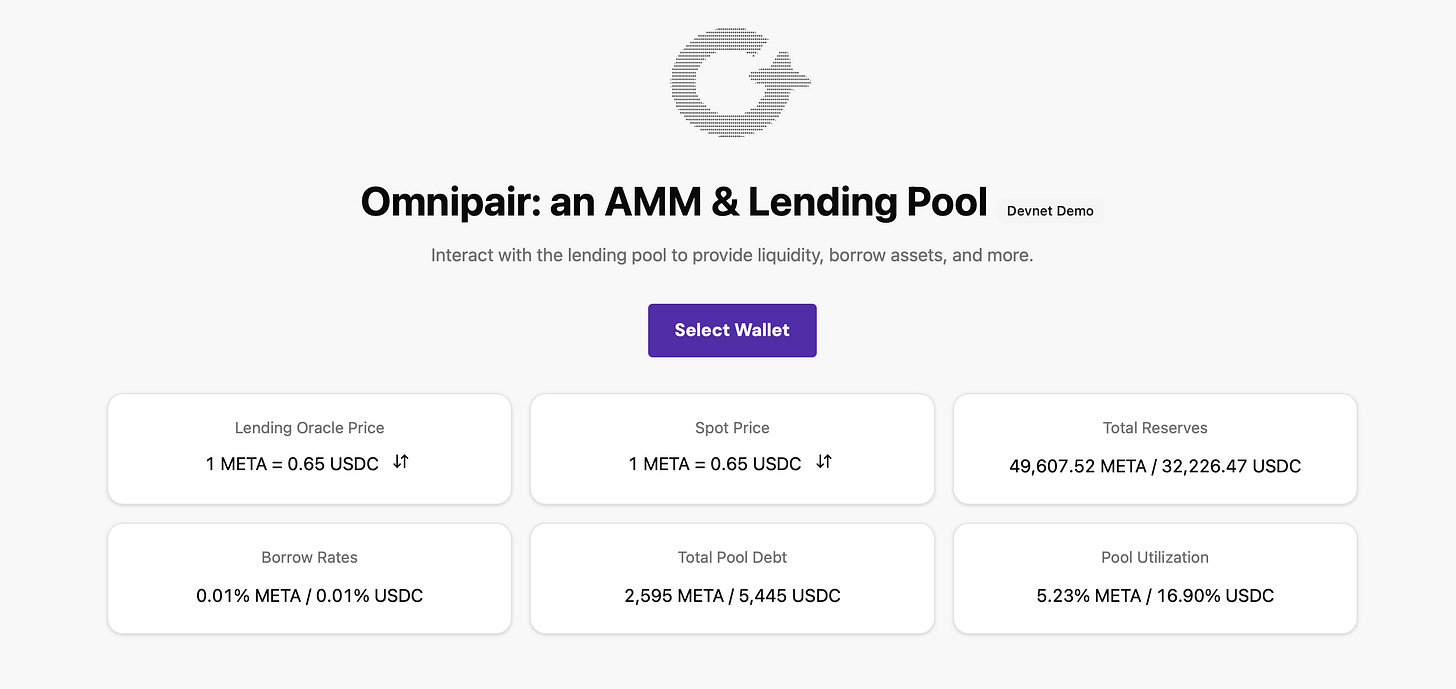3 Alpha Apps - Football.Fun, MetaDAO & Omnipair
Edition 13
Welcome to the alpha please newsletter.
We are back with 3 more apps for you to check out.
First up: something for all the football fans.
This newsletter is made possible by Mantle 🙏
We now have confirmation from Bybit of their live and upcoming MNT integrations:
• MNT spot pairs
• MNT trading fee discount
• MNT Institutional benefits
• MNT for VIP Tiers
• MNT fixed terms savings
• Increased MNT mega drop allocations
All of this creates new utility for MNT and a fresh source of demand. The Mantle × Bybit partnership is definitely one to keep an eye on.
1. Football.Fun
Unless you’ve been under a rock this past week, you’ve probably seen Football.Fun popping up everywhere. As the name suggests, it’s another fantasy game, this time based on football.
It’s gone viral over the last 10 days, dominating discussions on CT and racking up big numbers. They’ve already generated over $2.3M in fees, which is pretty remarkable for such a new project.
Here is the rawest explanation of how it works:
How to get started
On the home screen, I recommend first clicking “How to Play.” The game can be a bit confusing at first, and this helps.
Deposit USDC from Base into the platform (make sure it’s USDC on Base, and only deposit what you can afford to lose).
After depositing, you’ll receive Gold, the in-game currency, and can start playing.
Now you can start by buying shares of players you think are worth buying and have potential to perform well. The more shares you own, the larger your rewards if that player performs well.
Each share typically equals 4 contracts (tickets to earn rewards in tournaments). If contracts run out, your player won’t join future tournaments unless you extend them by buying more shares.
Once you’ve bought shares, players are automatically entered into weekly tournaments. Depending on performance on the pitch, you earn: TP (Tournament Points), SP (Skill Points), a % share of the prize pool.
Worth noting that Football.Fun uses Opta stats for scoring to avoid opinion-based results.
Rewards are distributed around 2 days after a tournament ends. With TP, you can open packs for more shares.
Ok, with all that, you should be set up to start playing.
There are more subtleties to the game, but the best way to learn is simply to try it. (Just keep in mind: there is risk involved, so only play with what you can afford to lose).
In crypto, attention spans are short. Metas come and go quickly. For Football.Fun, it’s too early to say, but my take is this: the game is genuinely fun, it’s built around something people already love, and the monetary layer adds excitement. If the team executes well, they’ve got a decent shot at sustaining traction. The keys will be keeping bots out, keeping it organic, and shipping thoughtful features.
One concern was licensing. At first, I thought they’d get sued if they scaled too big. But the founder has addressed this in detail, which is reassuring.
So if you want to try Football.Fun (only deposit what you can afford to lose), here’s my ref link:
2. MetaDAO
It’s rare to come across true 0-to-1 innovation in crypto. But MetaDAO, with its Futarchy-based model, feels like exactly that.
What is Futarchy?
It is impossible to understand what MetaDAO is doing if we don’t first introduce Futarchy. So let’s do it.
Futarchy is a form of governance first put forward by economist Robin Hanson in 2000, which makes decision-making based on prediction markets. In a futarchy, decisions don't go to votes: they get traded.
Instead of debating proposals in endless forums and then voting, Futarchy leverages the power of markets to forecast which decisions will be best. Proposals pass when the market speculates that they're good. Proposals fail when the market speculates that they're bad.
For example, a company could raise a futarchy proposal to undergo a merger or acquisition, and move forward only if the market predicted that it would boost the company’s stock price.
So you got the point: the principal belief of Futarchy is simple: markets are better than individuals at making decisions, and we should leverage this property for governance.
What is MetaDAO?
At its core, MetaDAO just does exactly that - it brings Futarchy to life. It is the first platform to put the concept into practice through a launchpad + DAO model.
1/ Launchpad
Projects can raise money through MetaDAO’s unique launchpad architecture. The idea is simple: make ICOs great again with an unruggable model that backs genuine founders while protecting early-stage investors - a real win-win.
Here’s how it works:
The model has some very cool properties:
At launch, Market Cap = Net Asset Value (NAV) of the project → so theoretically, you can’t lose money from day one.
Every major spend goes through a Futarchy vote (e.g. hiring someone to build a product).
There is no cap on the investment. The market decides how much goes to a project, which is an interesting property as well.
Markets decide the best path forward for the project, not a small group of insiders.
Core contributor allocations are voted on → founders don’t get tokens automatically on day one. They must pass proposals (like KPI-based vesting).
If something goes wrong, investors can even vote to redeem funds. If the vote passes, funds are returned.
This creates a system where founders’ incentives are fully aligned. They can’t rug, they only earn allocation when the market supports it, and with Market Cap = NAV at launch, investors are protected from the start.
2/ DAO
With MetaDAO, projects can also set up a DAO governed by Futarchy. Raising a proposal is simple: write it, explain the case, set a few parameters for the market, and you’re good to go.
Here is an example of a proposal that got rejected:
It’s exciting to see projects like Jito and Sanctum starting to experiment with this new model. Let’s face it: the traditional DAO structure is broken, and Futarchy offers a fresh and promising alternative.
TL;DR
Even if there’s still a long journey from 1-to-n in terms of product design, adoption, and trust, I really like what MetaDAO is building.
I truly hope they win.
So if you’re into early-stage investing or want to try participating in Futarchy, MetaDAO is definitely a project to watch.
And while you’re at it, go follow Proph3t and Nallok on X - two genuine founders pushing this vision forward.
3. Omnipair
Omnipair is an early-stage project that launched its ICO on the MetaDAO platform. It is the very first DeFi protocol to embrace Futarchy from day one. Highly experimental, but very promising project, and great to see some DeFi innovation on Solana.
Just a month ago, Omnipair managed to raise $1.1M to build a permissionless, oracle-less, isolated-collateral markets. The goal is to enables anyone to lend, borrow, and trade long-tail assets with leverage, without relying on governance whitelists, external oracles, or centralized risk management.
This opens the door to trading leverage on any asset that has liquidity, without permission.
You can explore their blackpaper to get a feel of what they are building.
For now, Omnipair is still very early stage, so there isn’t much to add yet on the product side.
What does stand out, however, is that MetaDAO has been very strict so far about the quality of founders it supports through the launchpad. That gives a degree of confidence in both the team and the project’s potential.
Definitely worth following Omnipair on X. And if you want to dive deeper, you can also join their Discord here.
The $OMFG token has been live for a few weeks, so could be worth adding to your watchlist.
*It’s not very liquid, and it’s a very small market cap, so please be careful.
And that’s your alpha.
Not financial or tax advice. This newsletter is strictly educational and is not investment advice or a solicitation to buy or sell any assets or to make any financial decisions. Crypto currencies are very risky assets and you can lose all of your money. Do your own research.




